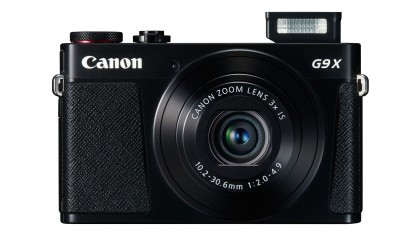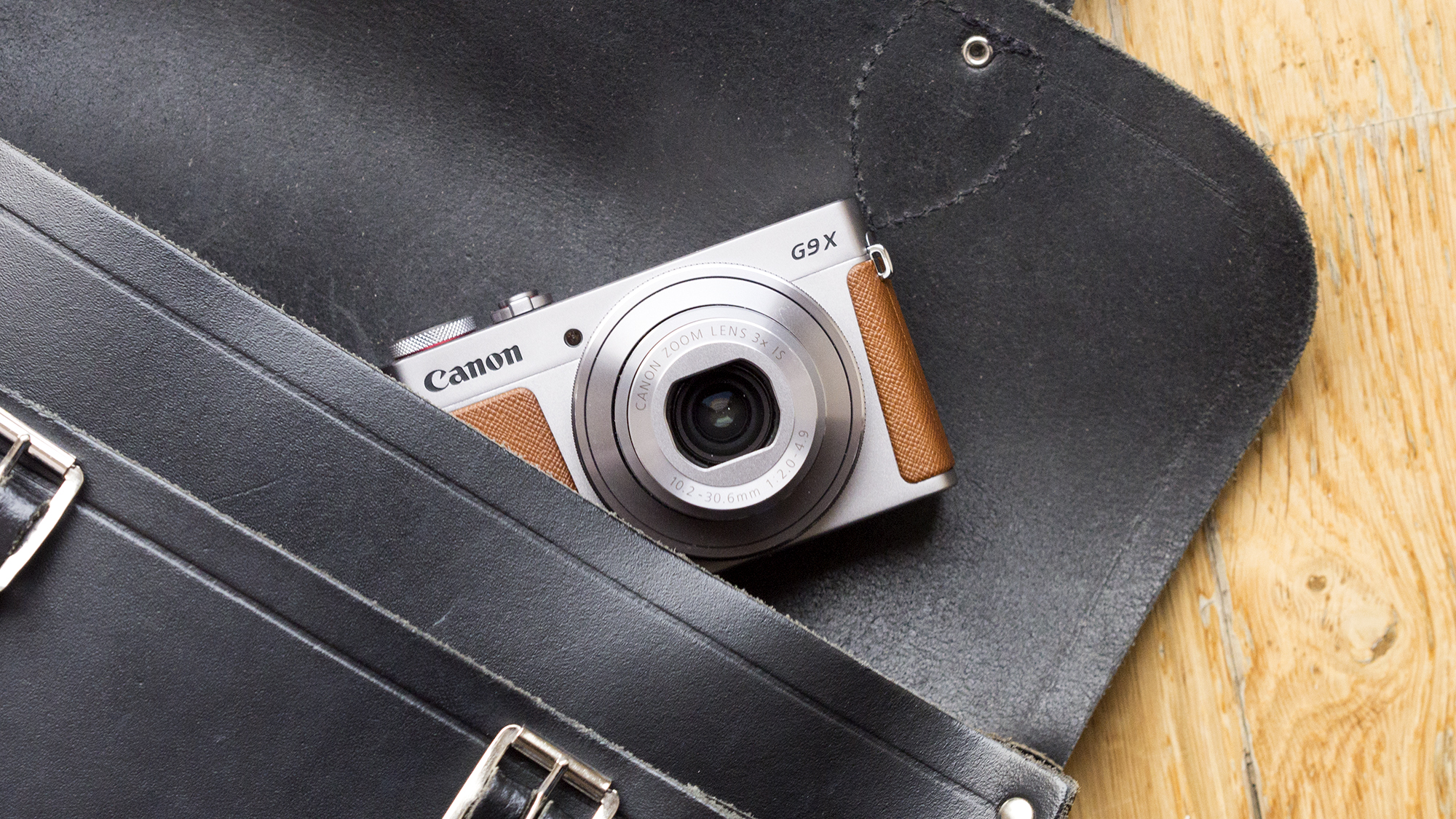Why you can trust TechRadar
Our hopes for the G9X were relatively high considering it has the same already proven sensor of the G7 X, coupled with a DIGIC 6 processor.
For the most part, those hopes have been justified, with beautifully saturated and vibrant images direct from the camera. The images have the warmth and depth of colour which we have come to expect from Canon cameras.

Colours are vibrant and well saturated in JPEG images taken directly from the camera. Click here for a full size version.

You need to switch on the G9X's macro mode if you're shooting something close-up. Click here for a full size version.

You need to switch on the G9X's macro mode if you're shooting something close-up. Click here for a full size version.

At 28mm, the widest point of the G9X's lens isn't quite as wide as the G7 X (24mm), but it still gives you good scope for landscape shots. Click here for a full size version.

You can use Canon's "Creative Shot" to add filters and random crops to your images, an example of which is shown here. You don't get a say over which filters and crops are chosen though. Click here for a full size version.
Having the larger sensor (than most compact cameras) and a wide maximum aperture also allows you to create some beautiful shallow depth of field effects, as well as keeping sensitivity (ISO) down in low light shooting conditions.
Images taken at the lower end of the sensitivity scale (ISO 100-400) display a fantastic amount of detail, giving a great impression at A3 and below. If you zoom in to 100% it's possible to see a little loss of detail in some finer areas, but nothing more than we would expect from a sensor of this size and kind.
As you move up the sensitivity scale, detail is still maintained well across the frame, but it's a little more painterly, or smudgy, in some areas of the image from around ISO 1600. That said, sensitivities up to around ISO 6400 are more than usable, especially if you intend to print or share at A4 size or smaller.
At the time of writing it was not possible to open the G9 X raw files with Adobe Camera Raw, but you can download Canon's own Digital Photo Professional software to work with the files until an update is released. Checking the raw files shows that Canon's own processing applies a fair amount of noise reduction to JPEG images shot at high sensitivities, getting rid of the majority of chroma noise though the cost of a little image smoothing.
For the most part, Canon's evaluative metering system does a good job, producing accurate exposures. There are times though, if you're shooting something of particularly high contrast underneath the active AF point, that you may need to dial in some exposure compensation or switch to spot metering.
Focus is swift and accurate, particularly when shooting in good light. In lower light conditions, the camera will on occasion hunt around before locking onto a subject, activating its Focus Assist light to help. It is rare for the camera to display a false positive acquisition of focus.
In our testing of the G7 X we found that images taken at the widest point of the lens suffered a little from coma distortion in the corners of the frame when looking at them at 100% (this effect makes dots appear as commas). There doesn't seem to be the same problem with the G9 X, although it is worth bearing in mind that it's a different lens. Images appear sharp both at the widest point of the lens and at the telephoto end of the lens, and at focal lengths in between.
We liked
The supreme pocketability of the G9X sets it apart from other 1-inch sensor compact cameras on the market. The small body doesn't appear to affect image quality and the G9 X produces vibrant and well saturated pictures.
We disliked
Being so reliant on a touchscreen to control the camera will appeal to some but not to others. It works well for most things, but when you're navigating menus it's almost as if the menu has been designed for buttons which aren't there.

Verdict
There's plenty to like about the G9 X, and those looking for a really small camera that's also good will be pleased. The G7 X and the Sony RX100 IV are also small, but the G9 X takes it a step further.
But there are sacrifices. The lens isn't as long as some of the others on the market, and the maximum aperture isn't as wide. It's still pretty flexible for the majority of shooting conditions, but there will likely be times you wish you had something a bit longer to capture subjects just out of reach.
Although the G9 X technically sits below the G7 X in Canon's line-up of premium compact cameras, for the moment, its price doesn't reflecte that. If you have the budget for a G9 X, you also have the budget for a G7 X, which offers a better lens, tilting screen and more physical buttons. But if your main concern is how snugly a camera slips into your pocket, the G9X is an excellent choice.
See also:
Amy has been writing about cameras, photography and associated tech since 2009. Amy was once part of the photography testing team for Future Publishing working across TechRadar, Digital Camera, PhotoPlus, N Photo and Photography Week. For her photography, she has won awards and has been exhibited. She often partakes in unusual projects - including one intense year where she used a different camera every single day. Amy is currently the Features Editor at Amateur Photographer magazine, and in her increasingly little spare time works across a number of high-profile publications including Wired, Stuff, Digital Camera World, Expert Reviews, and just a little off-tangent, PetsRadar.

